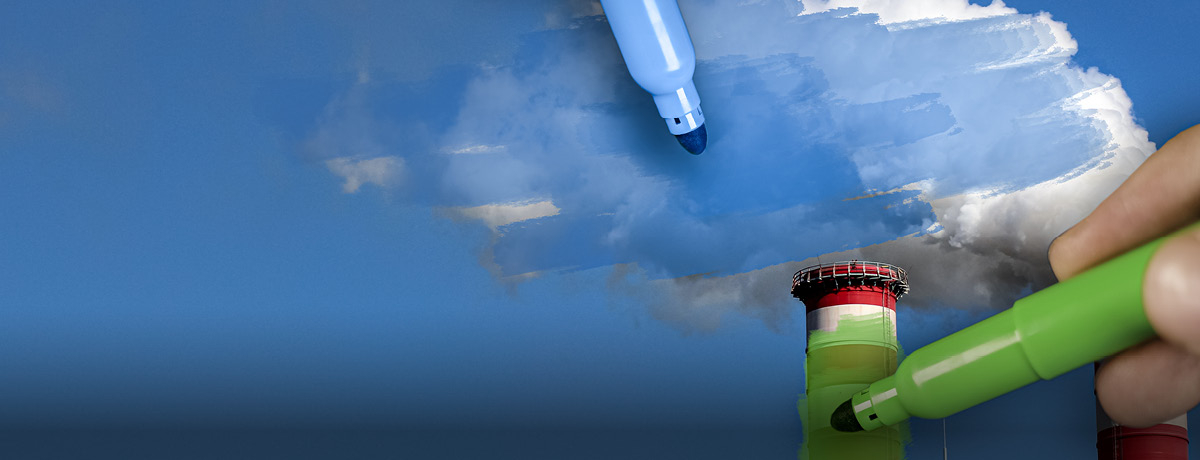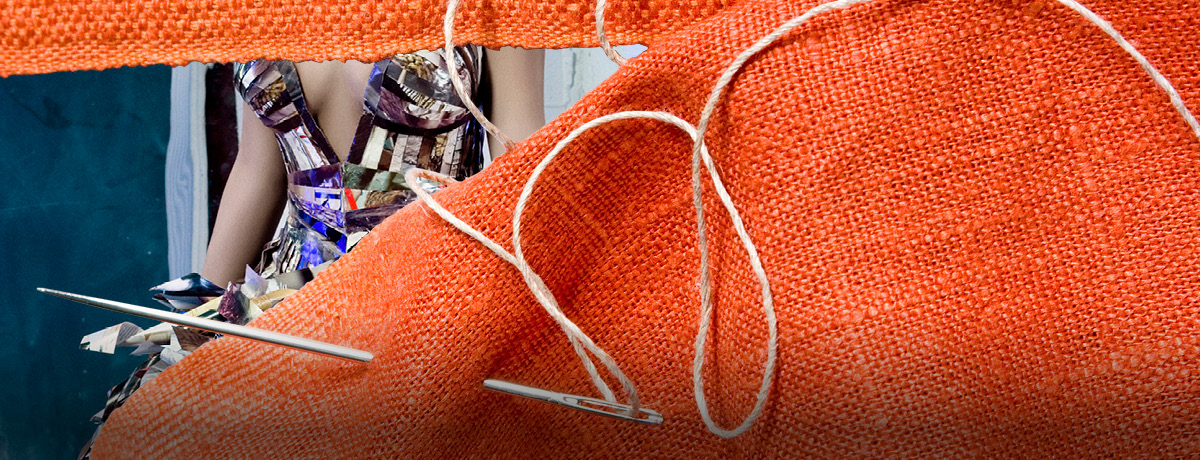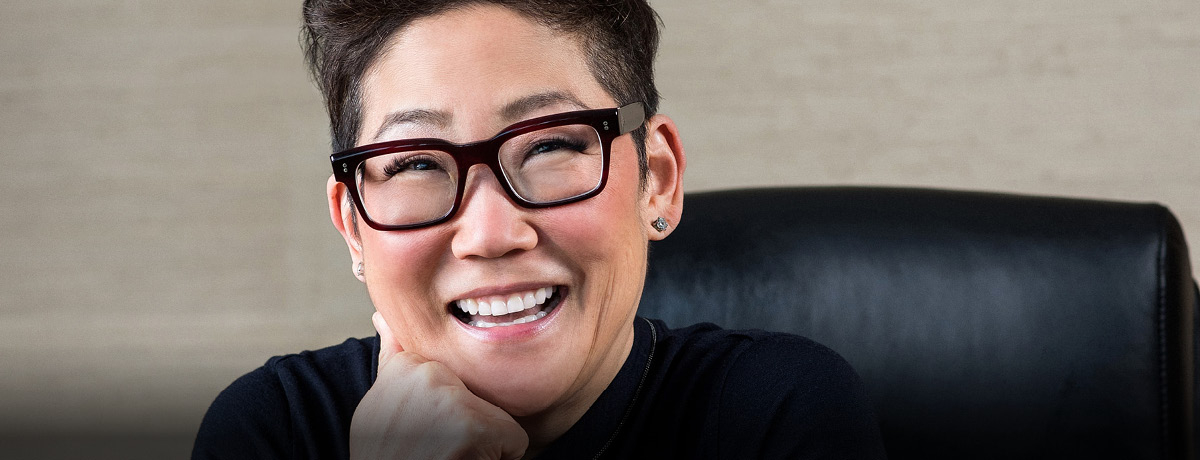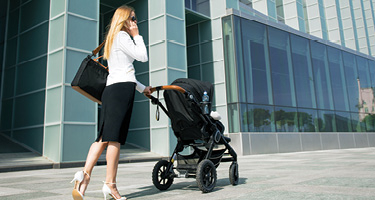THE TWO YEARS of the pandemic have been perhaps the most challenging and transformative period ever for law firms and their clients. Many of these challenges (and some opportunities as well) affecting firms were created or hastened by COVID-19; others were percolating long before 2020. As we determine what post-pandemic operations will look like, one thing is clear: The workplace is forever changed, as are the relationships between clients, attorneys and law firms.
Cost Pressures
What I hear clients saying they need most today from the firms they retain is the same thing they said before 2020: In addition to advice, excellent service, knowing their industry and company and helping them see around corners, they want their attorneys to help them control costs, which requires us to change the way we practice. Cutting rates, which negatively affects our ability to attract and retain talent—and therefore provide the high-level service clients expect and deserve—is not a viable long-term strategy.
Midsize firms especially need to be more efficient to be cost-effective. Some clients are looking for flat fees, for example, and we can make that work in a way that helps them with predictability. If we’re efficient, we’re profitable; if we’re not, we lose our shirts.
More than just how much we bill, though, is how we use our time. Automation can certainly be part of the answer. In some deals, documentation is easy, and non-attorneys can enter particulars into auto-generated forms quickly and cheaply. There’s no magic in the documents; what clients are paying for is their lawyer’s creativity and expertise in structuring the deal. Midsize firms that embrace automation to free up attorney time to provide better client service will survive amid extreme pressure to reduce costs. Firms that can’t do so will not.
The Need for Specialists
Clients are also increasingly interested in hiring attorneys who have specialized their practices. General counsels have become ever more sophisticated, so they want their outside firms to be more insightful and offer more proactive solutions. If there’s a new tax issue, for instance, our clients expect to hear about it from us before they decide what to do. This was not necessarily brought on by the pandemic, though it has become more apparent since March 2020.
In the earliest days of the pandemic, we were meeting internally three days a week to keep our clients informed about up-to-the-minute changes affecting their workplaces and businesses. We weren’t alone in this, but we were quick to the game, forming a COVID-19 rapid-response team early that March. Expectations that we be responsive and forward-thinking have not changed as the pandemic has ebbed. We must build this proactive approach into our regular practice.
A “Sticky” Wicket
Clients used to hire a firm that would then do everything for them: provide litigation services and labor, corporate and intellectual-property counsel and more. If any attorneys on their team left, clients would stay with the firm, trusting it to provide another highly qualified lawyer to deliver excellent service. That’s simply not true anymore. Clients are now more likely to hire an attorney than a firm, and follow their attorney if he or she moves.
The challenge for firms is to hire associates and laterals who will stay put. Someone once told me that there are two types of laterals: one, the type who, on the day they arrive at the firm, you know exactly when they’ll leave—when they get their next best offer. And two, the lawyer who, after a few years, you’ve forgotten ever worked anywhere else. Finding those who will feel like part of the firm family is important. When we’re hiring a lateral, we consider more than their skill set or book of business. We need to bring on people who want to be part of the culture and who want to stay with us.
How do we do that? We used to worry about Michigan competitors trying to woo our attorneys away, but now any firm anywhere in the country can try to hire them. Lawyers can work for a firm in New York but not have to move there. Of course, we can do the same, attracting talent who might not want to move to be near one of our offices. But for everyone we hire because of this flexibility, we lose another. We need “sticky” lawyers.
Big coastal firms have an easy solution to the stickiness problem: They pay a lot. There’s no expectation that the new hire will ever become a partner or even meet the managing partners. They’ll go in, work for a few years, make a bunch of money and then leave. That works for everyone: The lawyer gets some experience and money, and the firm can bring in new people to do the low-level work. That doesn’t work for us. It’s important that the lawyers we invest in will want to stay.
Creating Culture
Midsize firms have the best leverage to create the kind of culture that makes attorneys want to stay, and lawyers and clients alike care about culture. Clients want us to be responsive and care about their businesses. They want to work with nice people. And lawyers want to be part of a firm big enough to support them, but not so big that they don’t have any opportunity to grow. They want their practice-group leaders, the managing partners and the CEO to know who they are and care about their success. That’s our advantage.
Our challenge right now is how to create a culture of collegiality when a lot of our lawyers are not present. On one hand, we have the advantage of flexibility. The pandemic has shown us we can hire lawyers from anywhere, lawyers who might not want to move to where most of our offices are—Michigan, Illinois, Ohio—and it can work out. We have attorneys who, even as we inch our way out of COVID-19, prefer working from home. (Some of them we’ve never met in person, because they joined us during the pandemic.) But there’s a tipping point past which a firm can’t create culture if we’re never together, and we have found that the attorneys who leave us are the ones we never see.
We want our associates especially to benefit from working in-person with one another and our partners. It’s important that we convey what’s in it for everyone when we ask them to come to the office. Most firms need to make decisions about where work can be performed and the effect it has on staffing. Every firm has a certain number of days they want their attorneys and staff physically present—and that number might no longer be five.
While there’s a lot to be said for having people work in the way that makes them most comfortable, there are also so many advantages to in-person work. Each firm must decide how they will accommodate lawyers’ desire to work where they wish while still creating the cultural and environmental benefits that have made us effective and efficient, and our work rewarding.
Building a post-pandemic firm culture is a heavy lift. The qualities that make a good lawyer haven’t changed, but the ways in which we get to know, communicate with, train and engage our attorneys are now very different. The firms that will succeed are the ones that realize that nothing, and everything, has changed.
Megan Norris is the CEO of Miller Canfield, a global law firm headquartered in Detroit, with 18 offices in six countries. Prior to becoming CEO, Norris served as the leader of the firm's Employment and Labor Group, overseeing the firm’s large and active team of dedicated employment and labor attorneys and staff. She also served for eight years on the firm's Board of Managing Directors, the last six years as chair.
































